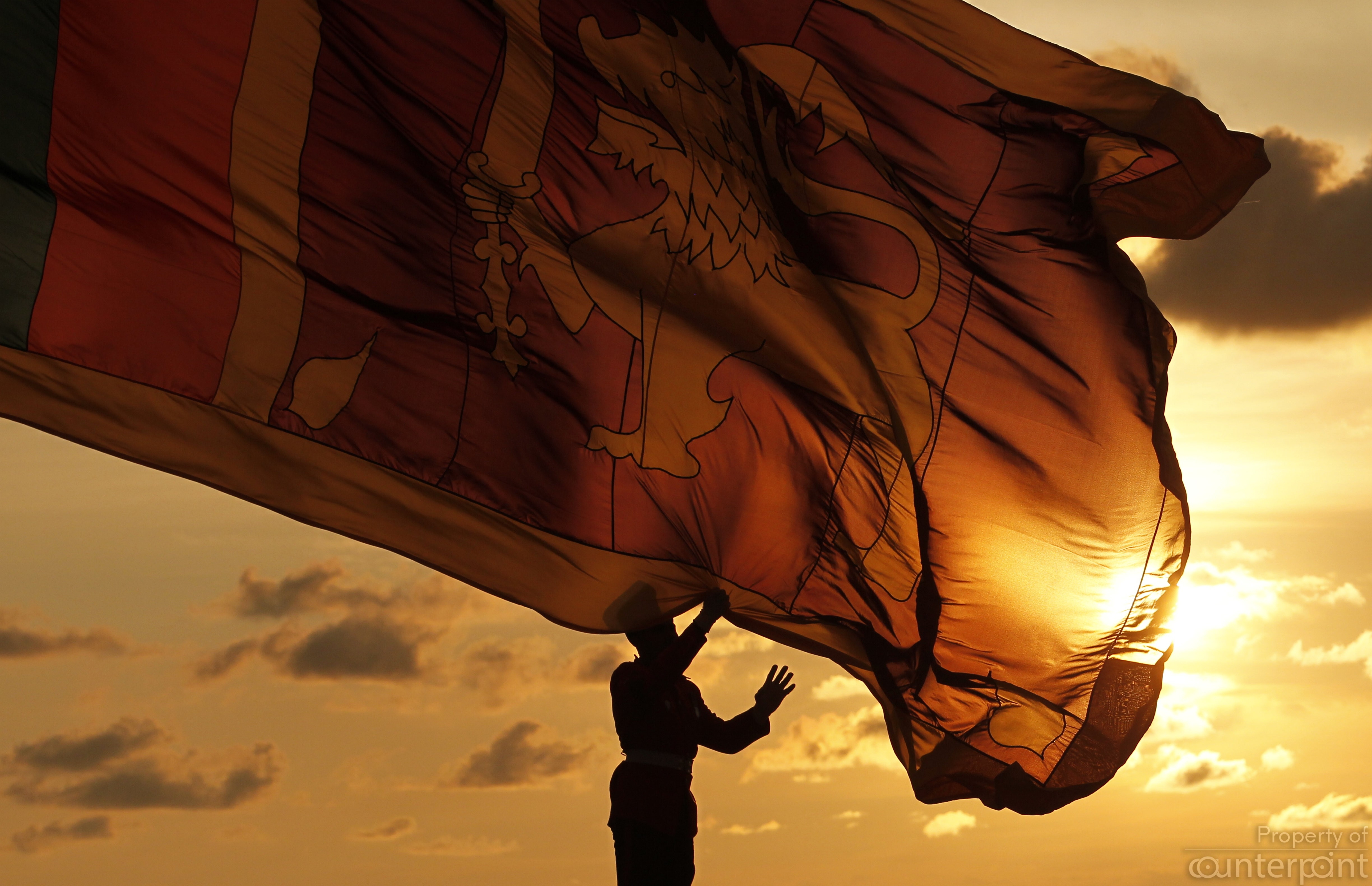
The official end of the war between the Government of Sri Lanka and the Liberation Tigers of Tamil Eelam on May 18, 2009 was hailed by the people, not just with a sense of relief, but also with heightened expectations of a better life.
The initial euphoria was dampened as time went by and most people realised that post war challenges were immense and could not be resolved overnight.
One of the main challenges was what could be done with an over-staffed military that was needed to win the war, but was going to be a strain on the national budget during peacetime. This was especially true with people expecting a ‘peace dividend’. By that time the country already had a million public servants (to serve a population of 20 million) and a huge strain on the treasury.
By the time war ended, after hugely successful recruitment drives which began in the later part of 2006 and continued, the three armed forces numbered nearly 300,000. In addition, there were tens of thousands in the auxiliary and police forces.
One of the world’s foremost military think tanks, The International Institute for Strategic Studies (IIST) in London, has calculated that among the world’s 30 biggest militaries in terms of people under arms, SRI LANKA STANDS AS THE 20TH BIGGEST ARMY IN THE WORLD. Ahead of us are current and former world powers and countries in geopolitical hotspots such as the Korean peninsula and the Middle East.
The Institute calculates the current strength of the Sri Lankan military at 243,000 soldiers.

The analysis by the IIST becomes even starker when the strength of the 30 militaries is broken down to soldiers per 1000 people.
In this statistic, SRI LANKA HAS THE 7TH HIGHEST NUMBER OF PEOPLE UNDER ARMS FOR EVERY 1000 PEOPLE.
Some of the countries ahead of us are highly militarized such as North Korea, Eritrea, Israel, and South Korea.
But the real story is when one considers the 23 nations that are below us in this statistic. Those include the United States all the countries of Europe and all most all of Africa other than Eritrea

Current and former Sri Lankan military leaders give a series of reasons for this. Firstly, the Rajapaksa government which was in power at the time the war ended, and had the support of most Sri Lankans, decided not to demobilize the military as has been the practice in most countries at the end of a war. The majority of the troops come from rural Sri Lanka. There was a justified fear that sending back tens of thousands of well- trained soldiers to their villages, with no immediate employment opportunities would create social chaos. The military, especially the army which by far is the biggest of the three forces did launch a major retraining programme. Soldiers who were retiring after completing service were identified and sent to training camps to re- skill them. Most of them were in their mid or late 30’s.
The second major expenditure was to build permanent structures to accommodate the massive military. Since 2006, while recruitment went on a pace, they were housed mostly in temporary structures within the war zone. “The expenditure was high immediately after the war because we had to resettle ourselves. We had to build the infrastructure again, development had to happen again. During the war we were living in temporary buildings, but after the war we had to build headquarters and accommodation. At the same time we released land, explains military spokesman Brigadier Sumith Atapattu.
As our budgetary expenses and allocations graphic indicates, defence spending in peace times seems more, shooting up from Rs. 69,752,026,893 in 2007 to 160,396,359 in 2016.
Brigadier Sumith Atapattu also attributed the increase in spending as, “We also had to send our troops to Haiti for UN missions. Get equipment. But I do not think the expenditure will go higher than that because we have met 75 percent of our requirements.”
But here again the statistics are shocking. At the height of the war in 2008 the military expenditure for the three forces was 137 billion rupees while in 2009 it shot up to 167 billion.
It dipped a bit in 2010and then saw a steep annual climb to an astronomical 270 billion rupees in 2015.
The military defends this high expenditure saying the LTTE carders outside the country are still conspiring to re- start the war and that they have to take steps guard against that. The politicians, whether in government or in opposition don’t have the stomach or the credibility to take on this issue as critical for the future of the country. These high numbers of youth utilised by the military in areas other than what a regular Army should be occupied in peace times, are needed in other economic sectors. We are already importing man power from neighbouring countries. While the government bureaucracy and the military sucks out hundreds of billions of rupees, the basic services for which such monies could be used and the people need most are neglected.
The time has come for a major re- assessment of the country’s military needs; a new definition of the role of the three forces for next 10- 15 years, the ideal strength to fulfill that role and the required military hardware must be identified and changes made without fear or favour.
As things stand, what is crystal clear is that while areas such as housing, health and education, the basic needs of society are yet to be adequately addressed both financially and policy-wise, sustaining the world’s 20th largest military for much longer is a luxury this country can ill afford.





 Logging you in...
Logging you in... Loading IntenseDebate Comments...
Loading IntenseDebate Comments...

